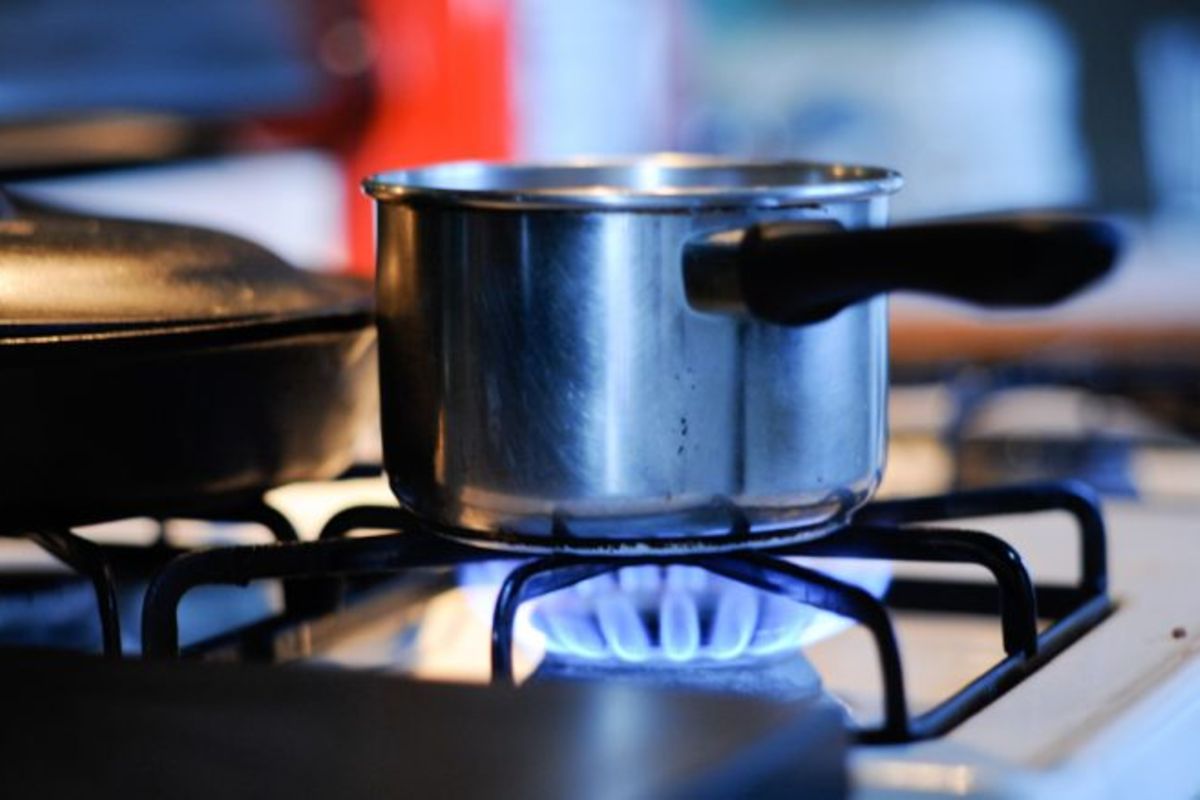When January Makamba was appointed minister of energy a few years ago, he championed Tanzania’s most ambitious drive towards using clean energy for cooking. For months, Makamba went around the nation promoting gas for domestic uses. In a nation where 90 percent of energy comes from biomass and where 469,000 hectares of trees are cleared annually, the minister’s intervention was commendable.
Today, Makamba’s mantle has been passed on to others. The champions of the gas-for-cooking project include the very President Samia Suluhu Hassan herself. President Hassan’s ambitious goal is to have 80 percent of households using clean energy for cooking by 2030. 4.6 trillion shillings have been allocated for that programme. As commendable as that is, however, a puzzling question arises: why isn’t Tanzania utilising its existing natural gas infrastructure for domestic use?
During President Jakaya Kikwete’s second term, gas was the talk of the town. A pilot project aimed at connecting thousands of homes in Dar es Salaam to a city gas distribution network was launched in 2014. The project installed a pipeline from Ubungo, where the 16-inch pipe from Songo Songo terminates, to distribution centres at Mwenge, Mikocheni, Tegeta, Chang’ombe, etc. The pilot project was successful, 57 homes and over 50 industries in Dar were connected. However, despite these promising initial steps, city gas stalled, with only 1,500 houses connected in Dar, Lindi and Mtwara in 10 years, while the demand has kept growing higher and higher.
What is going on?
This is a tale of the two gases available for domestic use for Tanzanians: liquefied petroleum gas (LPG) and liquefied natural gas (LNG).
Natural gas is naturally available gas coming from gas fields in Songo Songo in Lindi and Mnazi Bay in Mtwara. This is the gas that is firing Tanzania’s gas plants in Ubungo, Kinyerezi, and Tegeta, providing 67 percent of all energy production before the recent commissioning of the first two turbines at JNHPP. Natural gas comes in two forms – Compressed Natural Gas (CNG) and Liquefied Natural Gas (LNG). The two gases are the same substance, only differentiated in the fact that CNG exists in a gaseous form while LNG exists in a liquid form. Those physical characteristics lead to significant differences in the economics of the two solutions, but LNG is the practical solution for domestic usage while CNG finds better usage elsewhere (in Tanzania, it is increasingly being used for vehicles where about 5,000 vehicles, including 400 Dangote trucks have been converted to use CNG). Given that natural gas exists in Tanzania, the fact that the pipelines are already laid, and that utilisation is pitifully low, LNG and CNG are quite cheap, costing 23,000 for a 15kg cylinder.
LPG, instead, isn’t found in Tanzania. It is a by-product of the petroleum-refining process from oil fields in the Middle East. This is what is supplied in our gas cylinders today for 58,000 shillings for a 15kg cylinder in Dar. This is what government officials are going out of their way to sell to Tanzanians. All things remaining equal, considering the economics of natural gas in Tanzania, its strategic importance for national energy security, and the fact that it is clean, it is clear that LNG is a solution that should have been prioritised. But that is not the case: the clean energy drive is predicated on the importation of LPG despite gouging lots of the much-needed forex.
The big question today is – is that all coincidental?
A few years back, during President Magufuli’s era, the launch of what we all knew would be a prominent LPG company in Tanzania sparked a discussion about city gas with a lawyer friend. Unbeknownst to me, he possessed insider knowledge of Tanzania’s skewed contracts with city gas distribution companies, where layers of shell companies masked the true beneficiaries. Sharing the excitement many Tanzanians felt about replicating the successful city gas model used elsewhere, I always envisioned revisiting this topic. Thanks to the encouragement of a former government strategist who shares my concerns, here we are. It appears that Tanzanians are trapped between the rock and the hard place: LPG they lose, LNG they lose. That’s how people rule in the shire.
While the goal of reducing deforestation and improving public health is laudable, as we have argued, the current focus on imported LPG raises serious questions. With a readily available, cheaper, and cleaner domestic alternative in LNG – and some infrastructure already in place – the government’s continued promotion of LPG while not paying even lip service to city gas appears baffling at best.
Tanzanians deserve transparency. Why are existing pipelines gathering dust while citizens are steered towards expensive options? Why aren’t we expanding our city gas distribution networks? Yes, building a gas distribution network for everyone isn’t an achievable target, but hundreds of thousands of households could benefit from the infrastructure, especially as the nation moves towards the commercialisation of the massive LNG offshore reserves in the south. Are the rumoured lopsided contracts with LPG companies influencing policy?
The silence on this issue is deafening.
Charles Makakala is a Technology and Management Consultant based in Dar es Salaam















